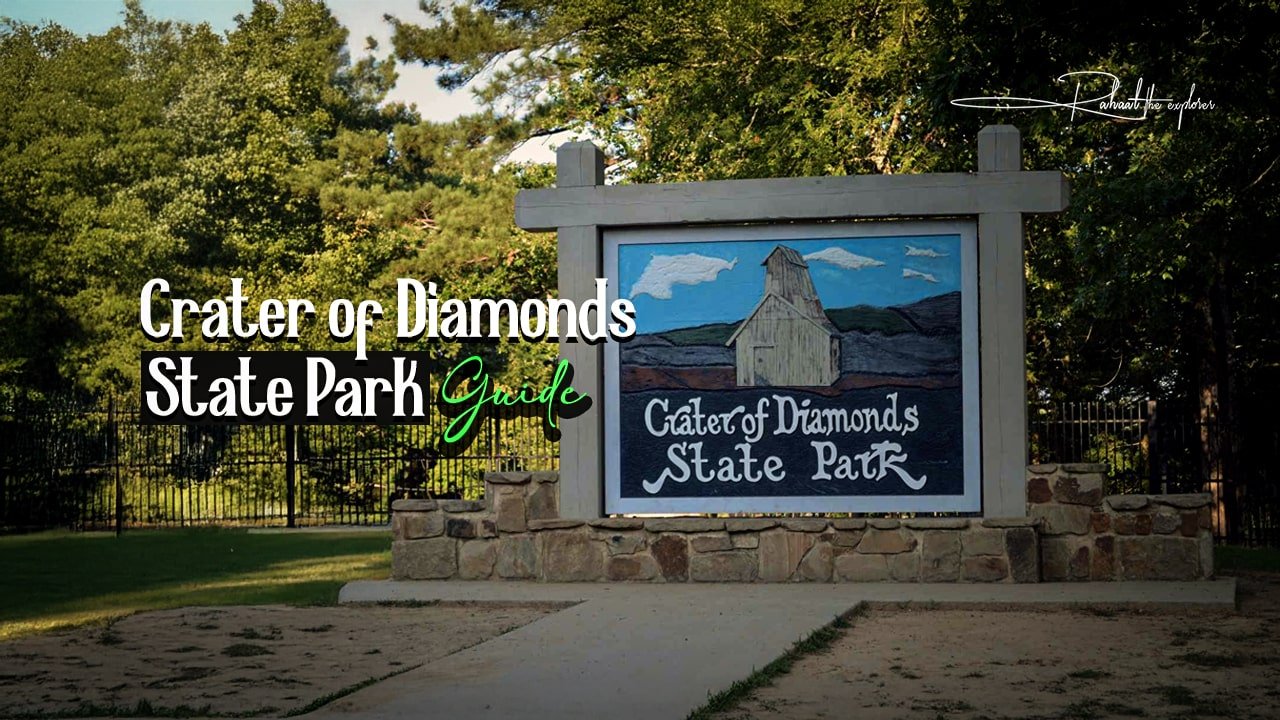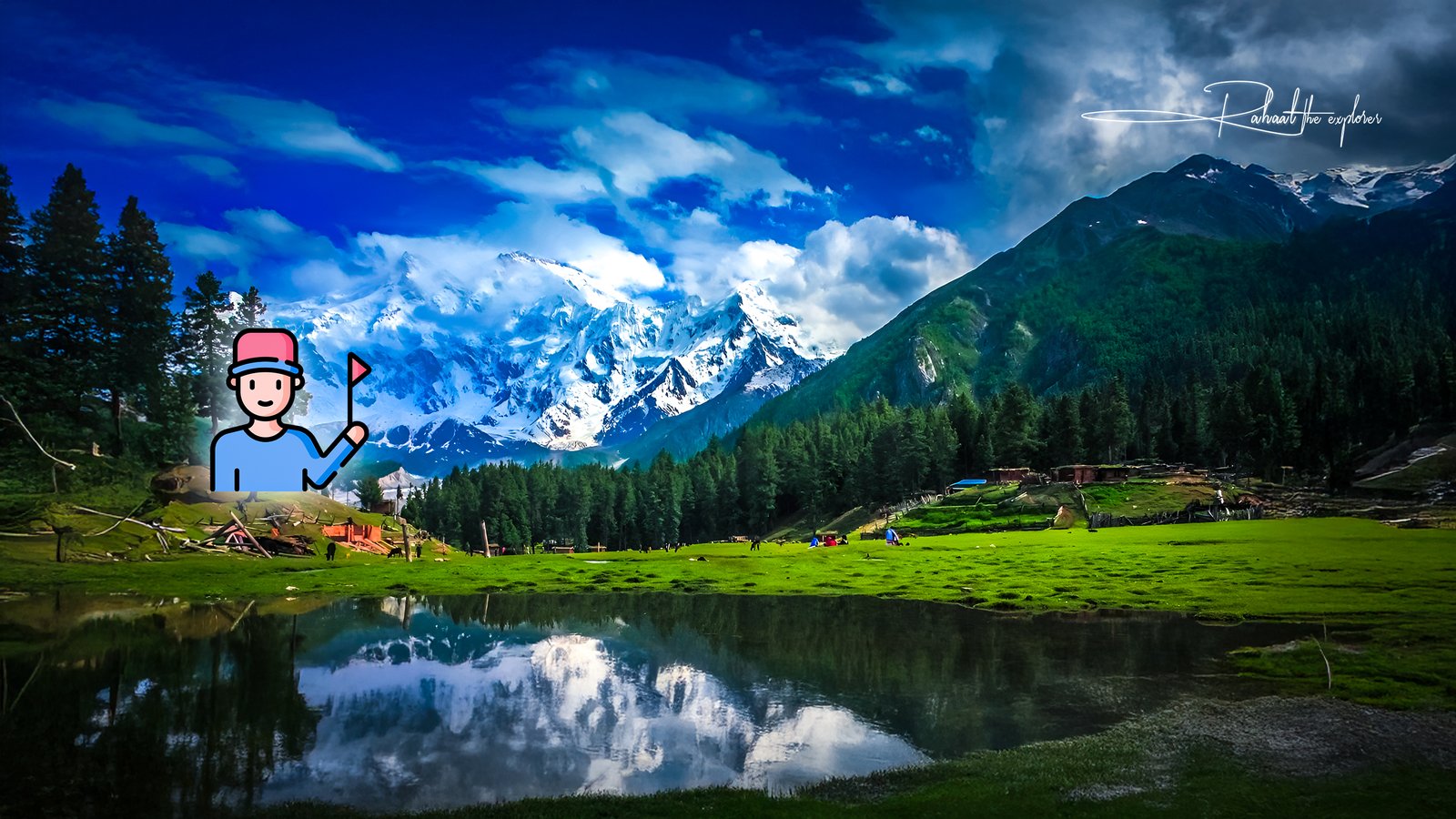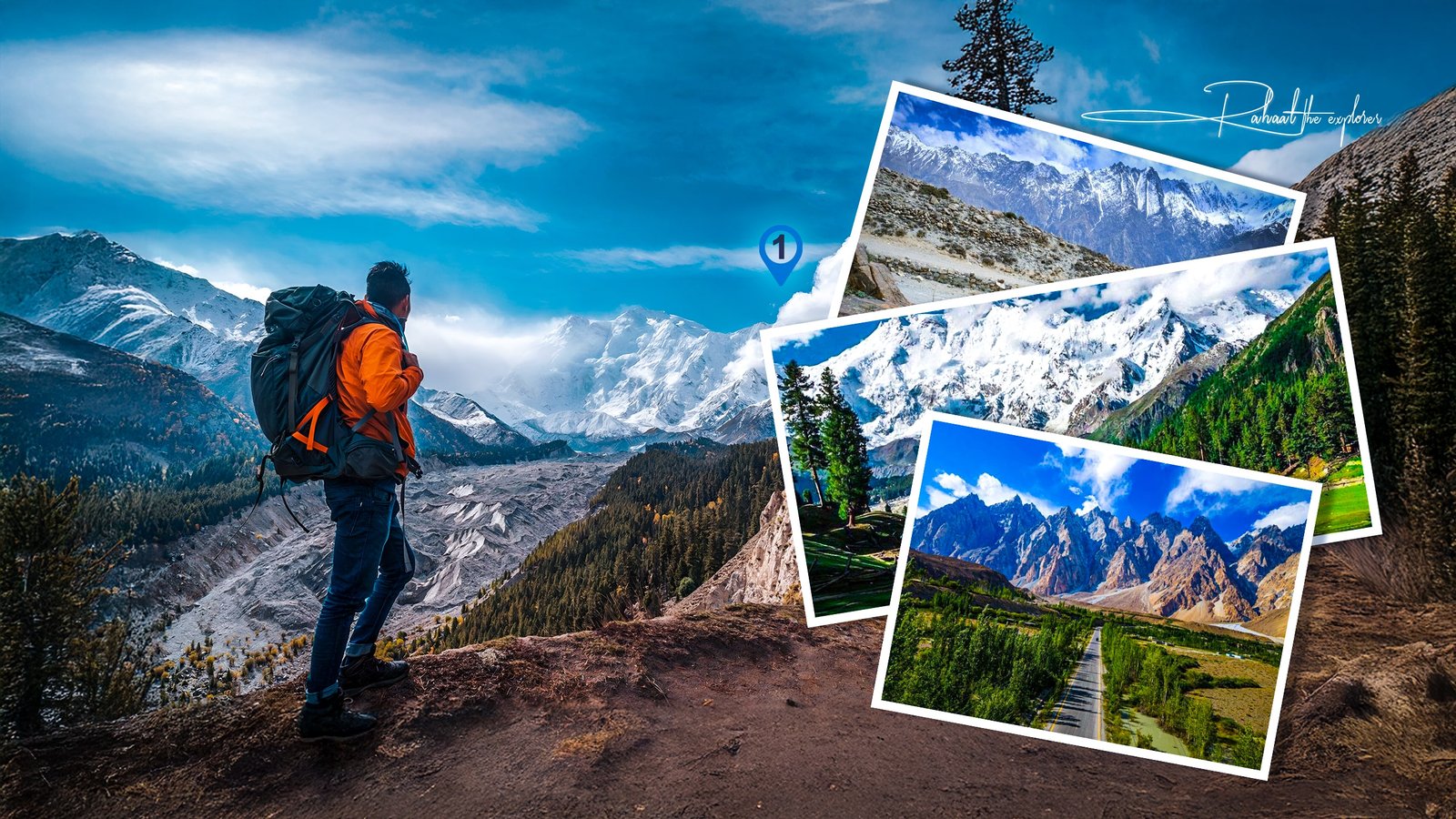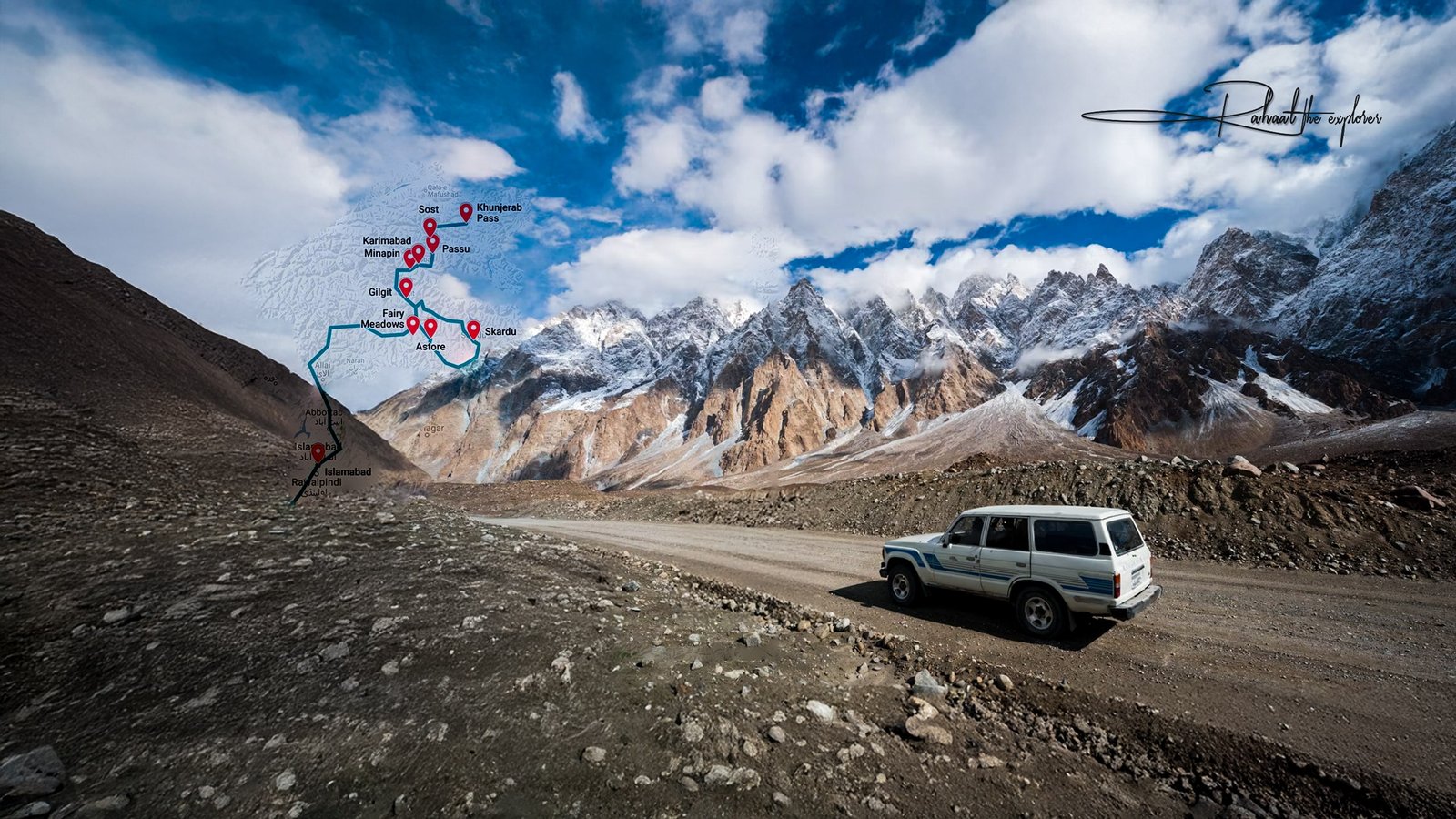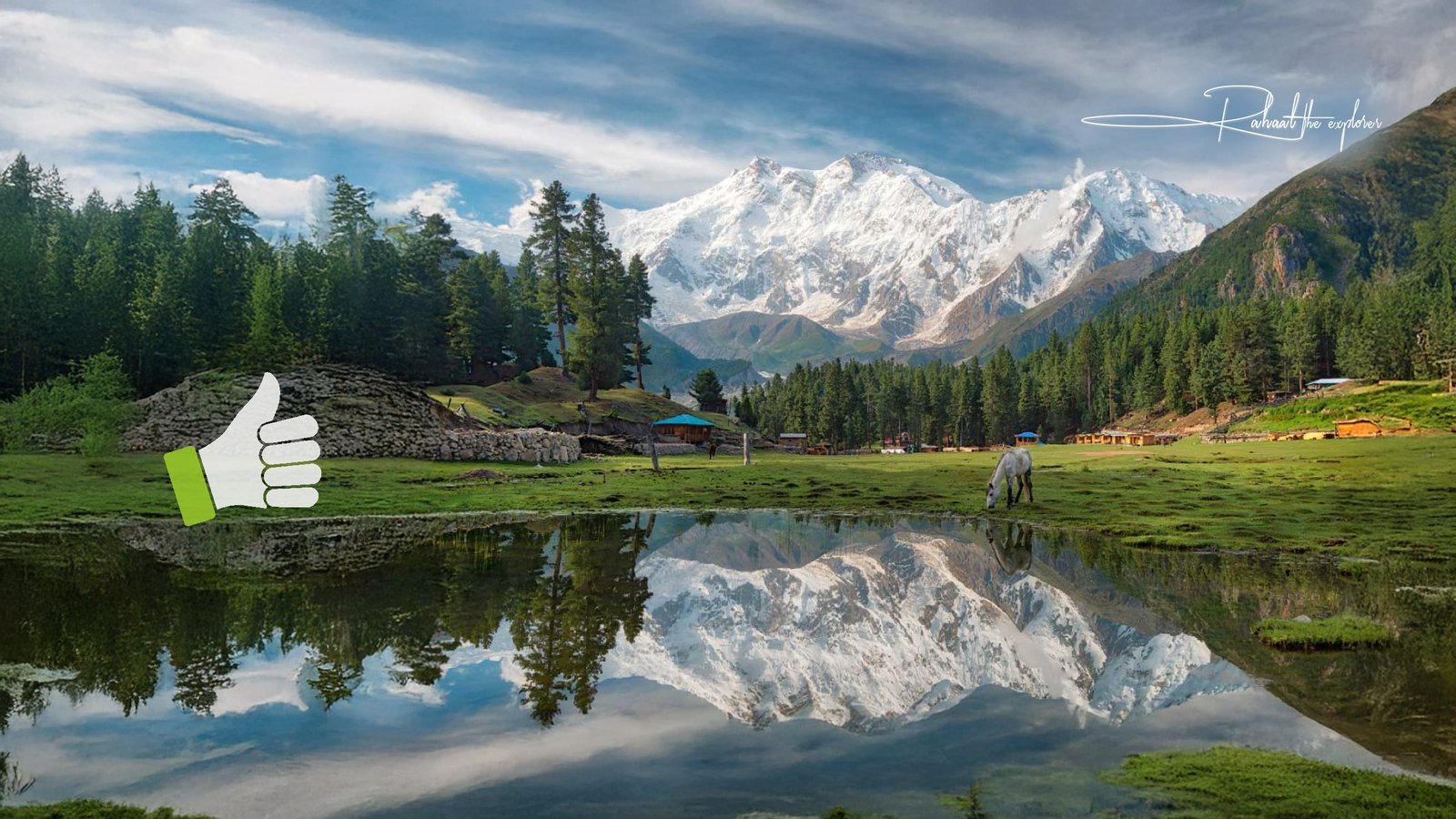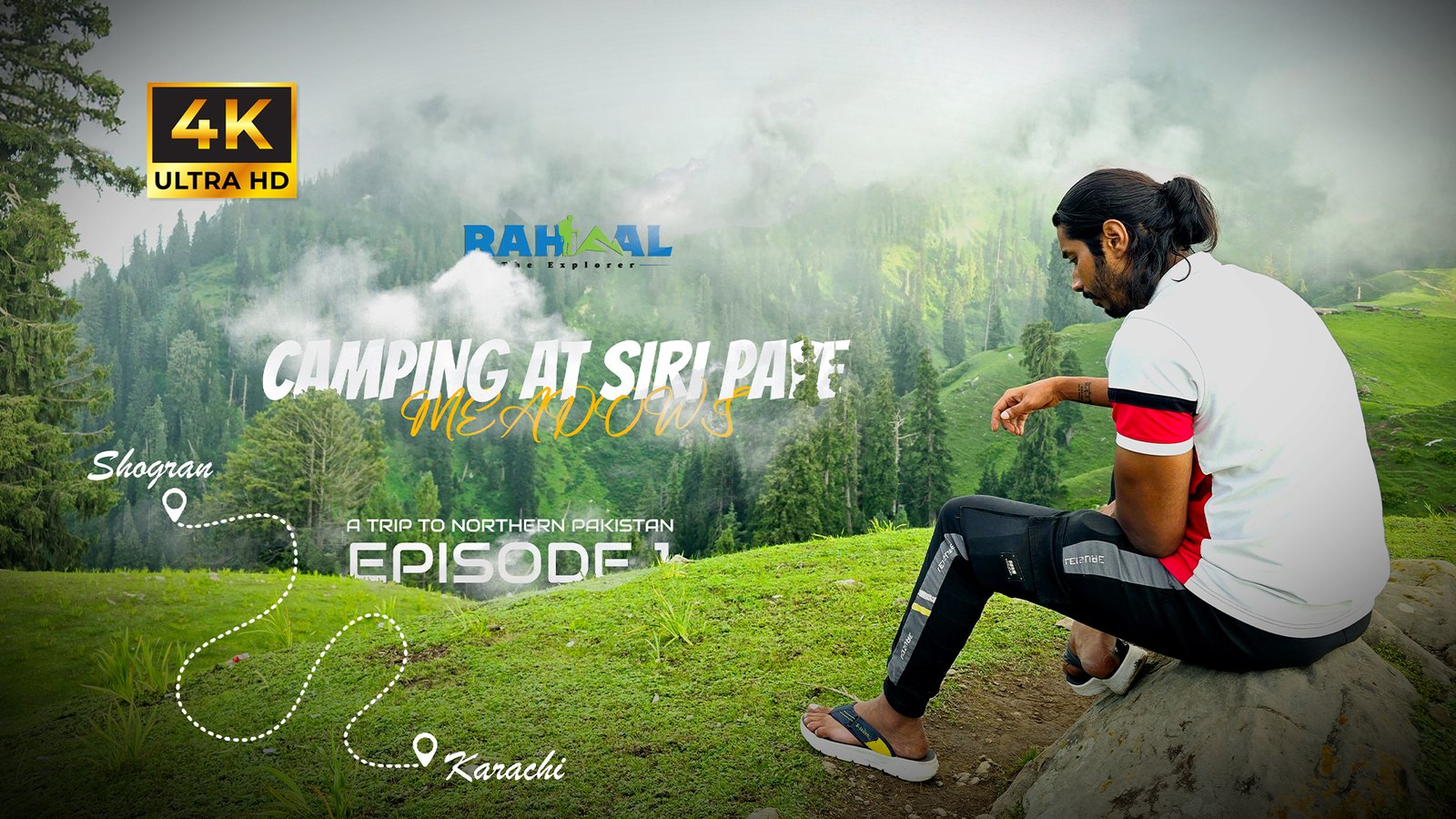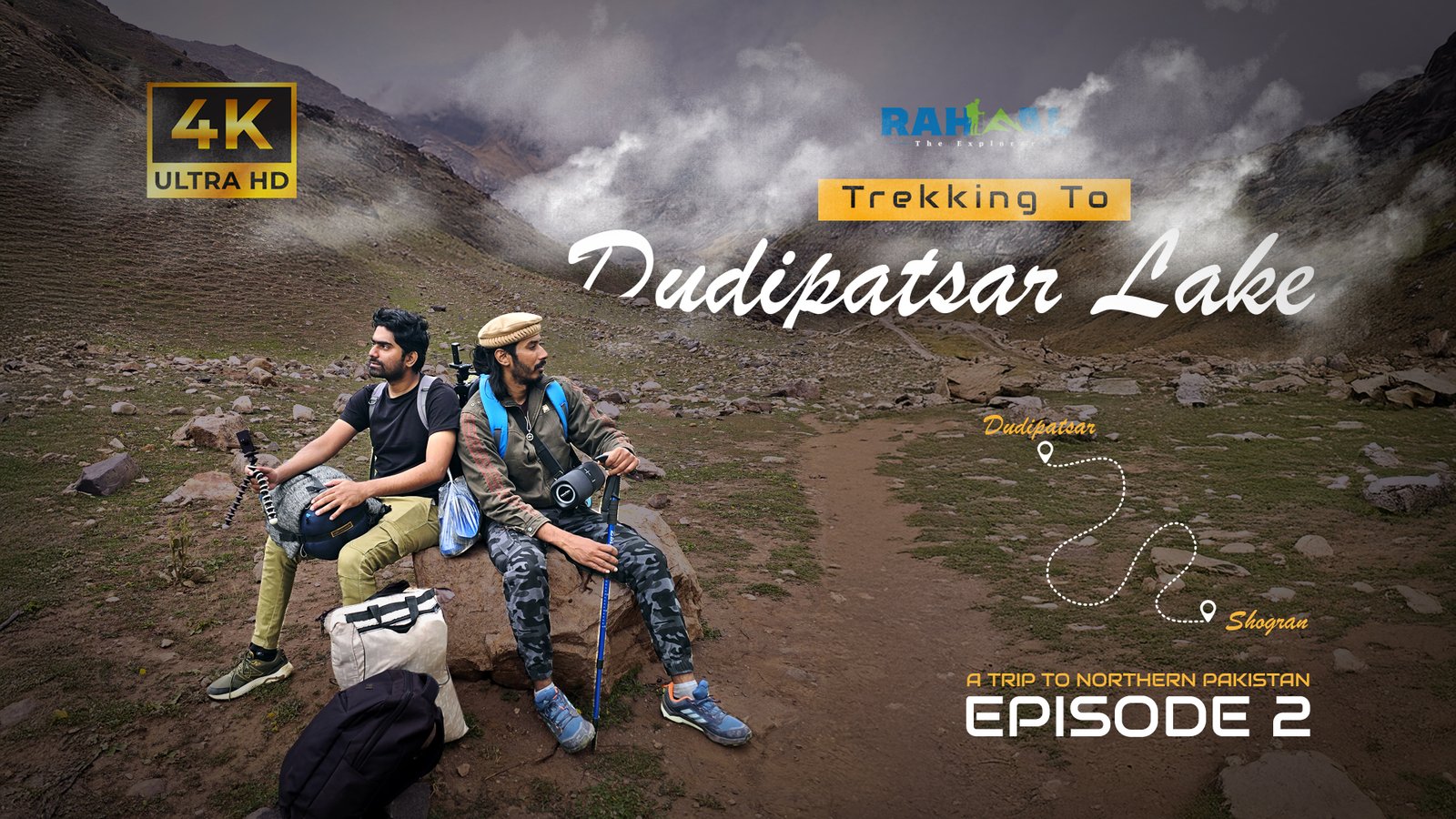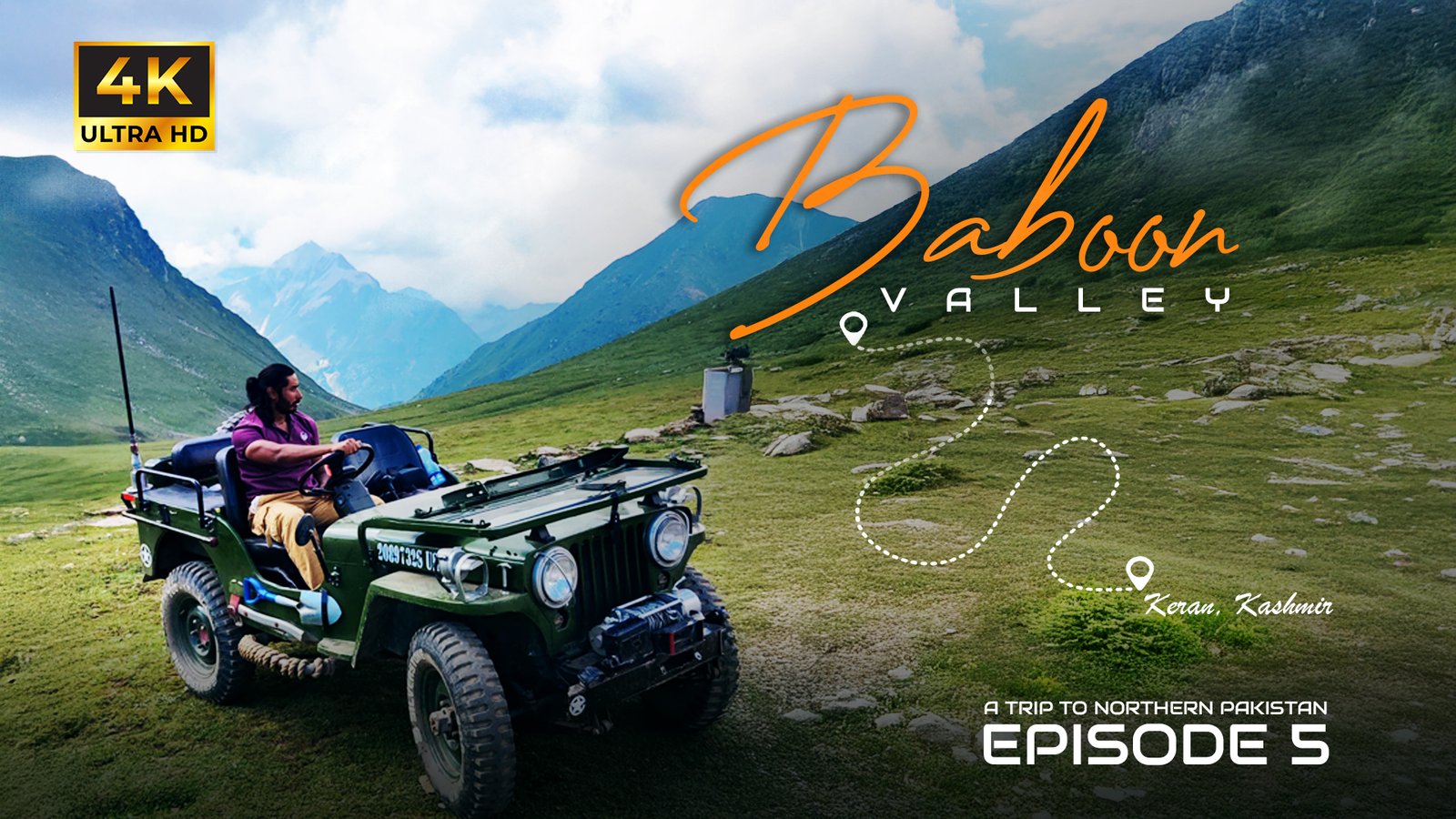Introduction: Unearthing Adventure at Crater of Diamonds State Park
There aren’t many places on Earth where anyone — beginner or expert — can grab a shovel, dig in the dirt, and possibly walk away with a real diamond. But in Murfreesboro, Arkansas, you’ll find one such treasure: Crater of Diamonds State Park.
This remarkable destination is the only diamond-producing site in the world open to the public, where you can keep whatever gemstones you discover. Whether you’re an adventurous traveler, a family looking for a unique outdoor experience, or a geology enthusiast, Crater of Diamonds State Park promises an unforgettable day of exploration and excitement.
In this guide, I’ll take you through everything you need to know — from the park’s history and how diamonds are found, to digging tips, visitor facilities, and real success stories that prove you just might strike it rich!
What Is Crater of Diamonds State Park?
Crater of Diamonds State Park is located in southwestern Arkansas near the small town of Murfreesboro. Covering about 911 acres, the park features a 37.5-acre plowed field where diamonds were first discovered in 1906. This volcanic field is rich in volcanic lamproite, the same type of rock formation that produces diamonds around the world.
The park officially opened in 1972, and since then, visitors have unearthed over 35,000 diamonds, with new discoveries reported every week. It’s a rare combination of natural wonder, geology lesson, and treasure hunt all in one.
The History Behind the Diamonds
The first diamond at this site was discovered in 1906 by farmer John Huddleston, who noticed glittering stones on his land. His find sparked a brief Arkansas diamond rush, though mining efforts were inconsistent over the decades.
Eventually, the land became a state park to preserve the site and allow public access. Today, Crater of Diamonds State Park stands as a living piece of geological and cultural history, where every visitor can play prospector for a day.
What Makes Arkansas Diamonds Special?
Diamonds from Crater of Diamonds are often noted for their high clarity and natural beauty. They come in three primary colors:
- White (clear)
- Brown (champagne)
- Yellow (canary)
Unlike cut gems, the diamonds found here are naturally smooth and rounded, often shaped like a drop of water or a teardrop — a sign of their volcanic origin.
How to Search for Diamonds
The main attraction is, of course, digging for diamonds. There are several ways visitors can search:
1. Surface Searching
The easiest method — simply walking the field after a rainstorm and looking for shiny stones on the surface. Rain tends to wash away loose soil and reveal diamonds.
2. Dry Sifting
Visitors use screens to sift through dry soil, separating gravel and possible gemstones.
3. Wet Sifting
The most popular technique. Using water, you wash away mud and smaller particles to expose heavier minerals — including diamonds.
4. Digging
Some visitors dig deeper into the soil using shovels and buckets. It’s physical work but often yields more interesting finds.
Tip: Diamonds are usually found in gravel layers rather than surface clay. Look for volcanic rock or glistening minerals such as quartz and jasper — they often appear near diamond-rich zones.
Tools You’ll Need
You can bring your own equipment or rent tools at the park’s Diamond Discovery Center. Useful tools include:
- Small shovel or spade
- Buckets or sifters
- Screens (mesh sieves)
- Gloves and boots
- Water spray bottle for cleaning finds
The park rents full sifting kits if you don’t have your own.
Pro Tip: Bring sunscreen, a hat, and plenty of water — the diamond field is open and can get hot during Arkansas summers.
Other Gemstones You Can Find
Besides diamonds, the volcanic soil hides other semi-precious stones, including:
- Amethyst
- Garnet
- Jasper
- Quartz
- Agate
- Peridot
These make for great keepsakes or display pieces, even if you don’t find a diamond.
Visitor Information
Location
Crater of Diamonds State Park
209 State Park Road
Murfreesboro, Arkansas 71958
Hours
Open year-round (except major holidays)
Diamond search area typically open from 8 AM to 5 PM.
Entry Fees
- Adults: $10
- Children (6–12): $6
- Children under 6: Free
Tool rentals available for $5–$15 per day.
Parking & Accessibility
Ample parking near the visitor center. The park is family-friendly and wheelchair accessible in most areas.
On-Site Facilities
- Diamond Discovery Center: Educational exhibits explaining diamond formation and geology.
- Diamond Springs Water Park: Perfect for cooling off after a hot day digging.
- Campgrounds & Cabins: Full-service RV sites, tent camping, and picnic areas.
- Gift Shop: Souvenirs, geological tools, and local crafts.
- Walking Trails: Scenic routes through Arkansas forests and wildflowers.
Famous Diamond Finds at the Park
- Uncle Sam Diamond (40.23 carats): The largest diamond ever found in the U.S. (1924).
- Amarillo Starlight (16.37 carats): Found by a visitor in 1975.
- Esperanza Diamond (8.52 carats): Discovered in 2015, valued at over $1 million after cutting.
- Carle’s Pride (9.07 carats): A flawless white diamond found by a park visitor.
These legendary finds prove that luck and persistence can pay off — even today, people still uncover diamonds every month.
Tips for First-Time Visitors
- Go after rainstorms: Diamonds often wash to the surface after heavy rain.
- Arrive early: The field gets busy mid-morning.
- Bring snacks and shade: It’s a long day of searching.
- Be patient: On average, 1–2 diamonds are found daily, but persistence is key!
- Visit the identification center: Park staff will inspect and verify your finds for free.
Geology of Crater of Diamonds State Park
Millions of years ago, a volcanic eruption brought materials from deep within the Earth to the surface, including kimberlite and lamproite pipes — the key ingredients for diamond formation.
Over time, erosion exposed this ancient volcanic crater. The unique geology here mirrors that of diamond fields in South Africa, which is why Arkansas is the only U.S. state with a public diamond site.
Why Visit Crater of Diamonds State Park?
Here’s why this park should be on every adventurer’s bucket list:
| Feature | Why It’s Special |
|---|---|
| Unique Experience | Only place where you can dig and keep real diamonds |
| Affordable Fun | Low entry fee, all-day adventure |
| Family Friendly | Safe, educational, interactive |
| Beautiful Scenery | Forests, trails, wildlife, and open skies |
| Historical Value | Active mining site since early 1900s |
It’s part of what makes Arkansas “The Natural State” — a perfect blend of nature, history, and discovery.
Sustainability and Preservation
The Arkansas State Parks system ensures that mining at Crater of Diamonds remains environmentally sustainable. The search area is plowed regularly to turn up soil, but no industrial extraction is allowed — preserving the land for future generations of explorers.
The park also invests in educational programs that teach visitors about geology, conservation, and responsible tourism.
Nearby Attractions
If you’re planning a full weekend in Murfreesboro, consider exploring:
- Ka-Do-Ha Indian Village Museum – Ancient Native American archaeological site.
- Lake Greeson – Great for fishing, boating, and picnicking.
- Little Missouri Falls – A scenic waterfall hike.
- Historic Downtown Murfreesboro – Small-town charm and local eateries.
FAQs About Crater of Diamonds State Park
Q1: Can you really keep the diamonds you find?
Yes! Anything you find, you keep — whether it’s a small crystal or a large diamond.
Q2: How often do people find diamonds?
On average, one to two diamonds are discovered by visitors daily. Most are small (under ½ carat) but valuable as natural gems.
Q3: When is the best time to visit?
Spring and fall offer mild weather. After rain is ideal for spotting diamonds on the surface.
Q4: Do I need special tools?
No, basic digging tools or rented equipment are enough. Some people even find diamonds on the surface without digging.
Q5: Are there guided tours?
Yes! The park offers diamond mining demonstrations and educational sessions at the Discovery Center.
Q6: How can I tell if it’s a real diamond?
Diamonds from the park have a natural luster, won’t fog easily, and are extremely hard. Park experts can confirm authenticity.
Final Thoughts
Crater of Diamonds State Park isn’t just a destination — it’s an experience that blends adventure, learning, and the thrill of discovery. Whether you unearth a diamond or simply enjoy a day in nature, you’ll walk away with memories worth far more than any gem.
So pack your hat, grab your shovel, and head to Murfreesboro, Arkansas — where dreams really can sparkle in the dirt.


